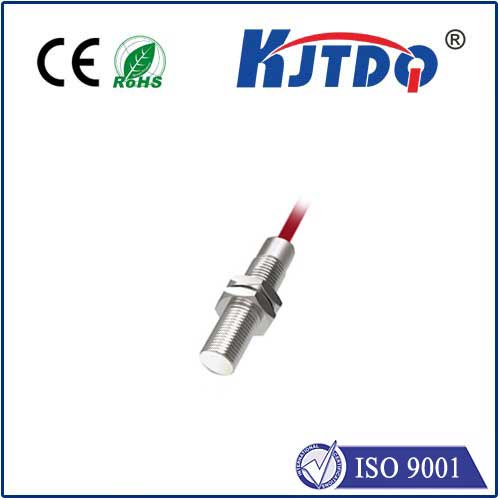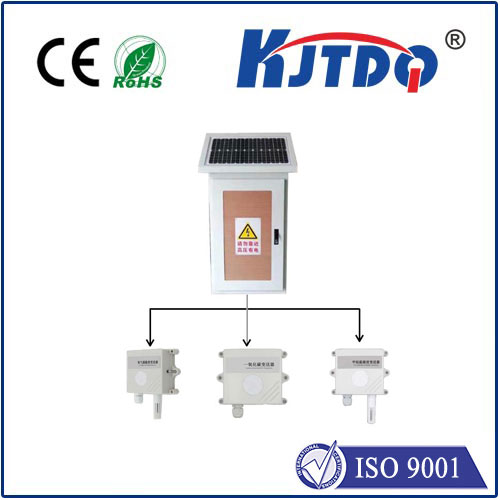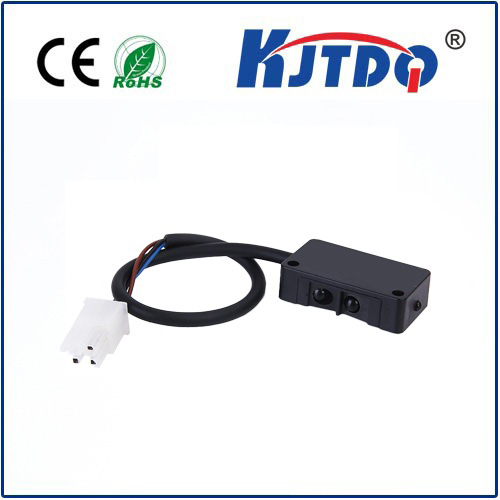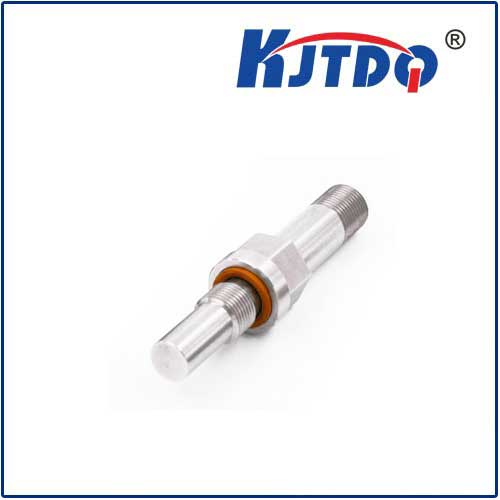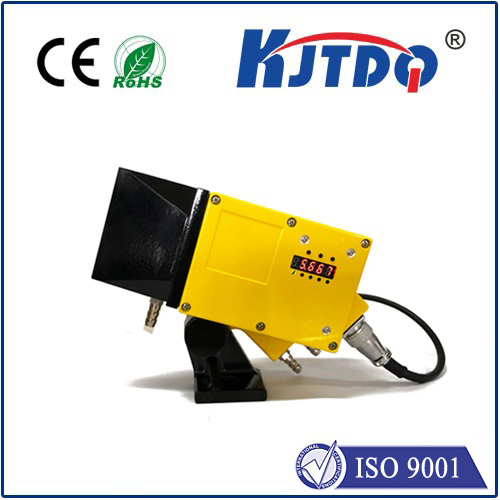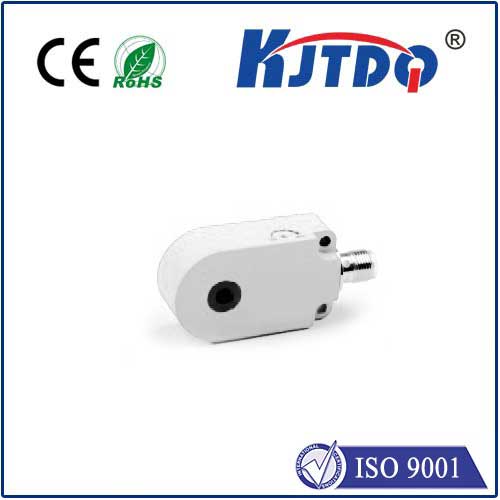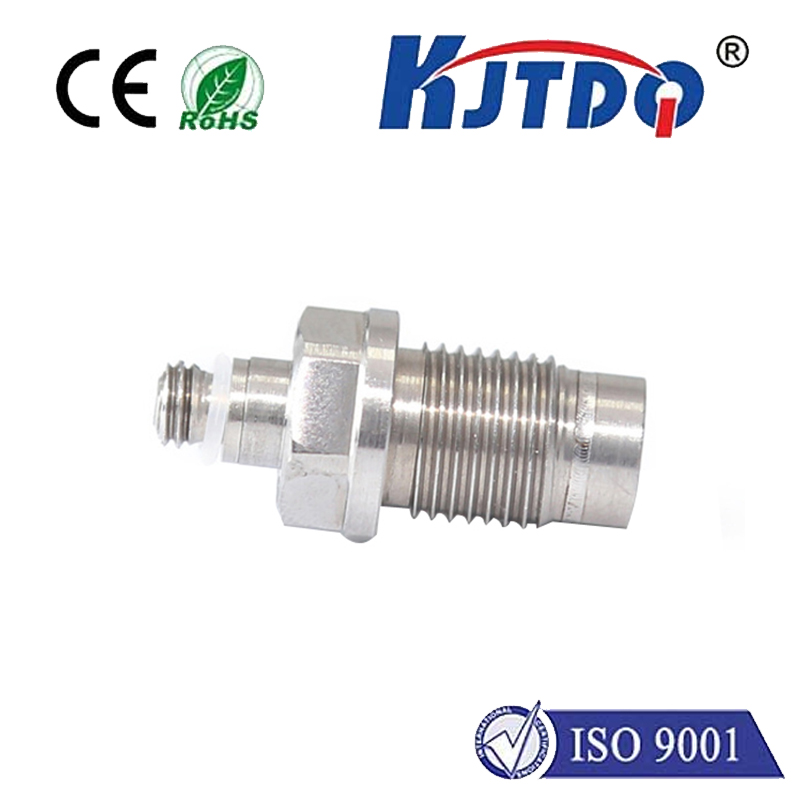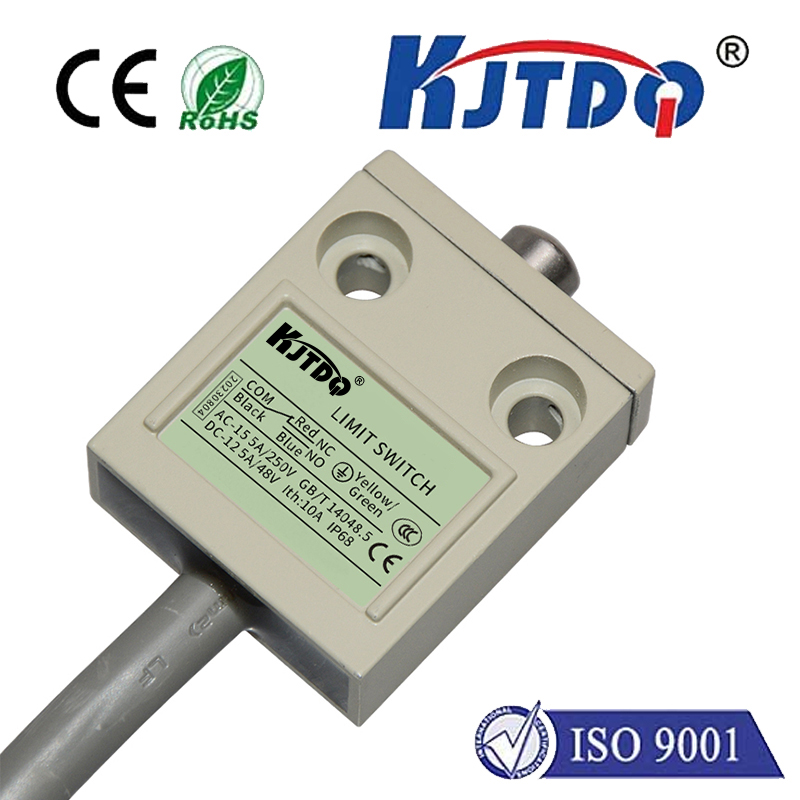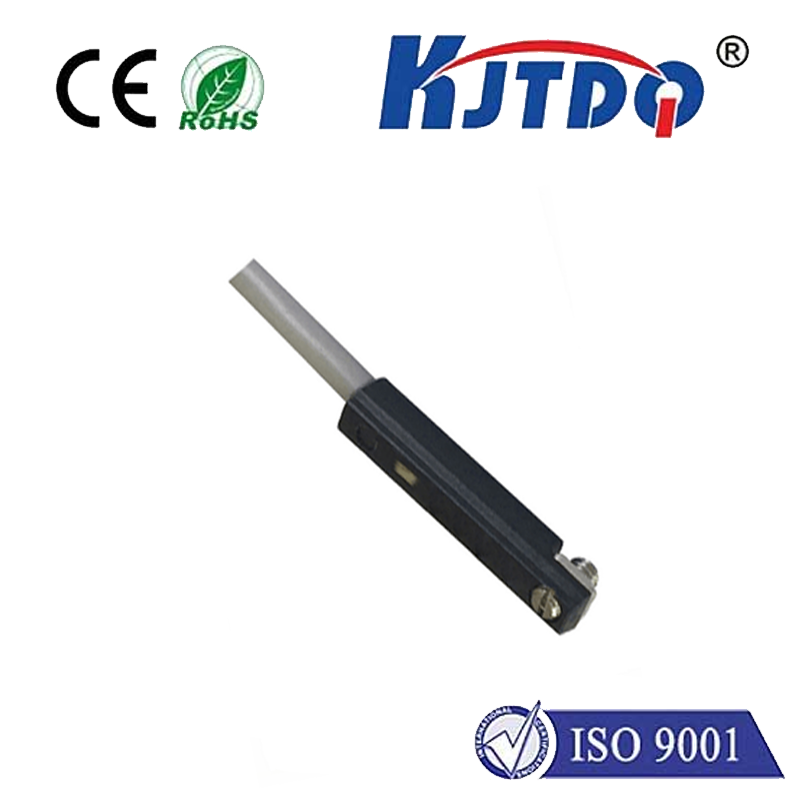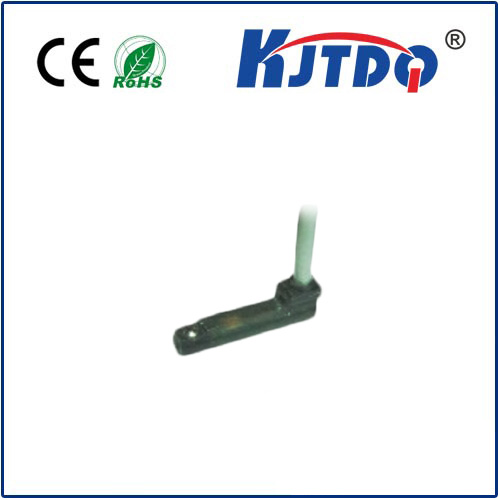
check

check

check

check
## The Versatile Capacitive Proximity Detector: A Comprehensive Overview
Capacitive proximity detectors have revolutionized the way we interact with technology, offering a seamless blend of innovation and functionality. These detectors harness the capacitance principle to detect the presence or absence of objects or humans within a specific range. Unlike traditional sensors, capacitive proximity detectors offer long-range detection capabilities, making them indispensable in a myriad of applications ranging from automotive to home automation.
The operational essence of capacitive proximity detectors lies in their ability to sense changes in the capacitance value when an object approaches or moves away from the sensor electrode. This change in capacitance is then converted into an electrical signal, providing valuable information about the proximity of the object. The simplicity and effectiveness of this method make capacitive proximity detection an appealing choice for designers and engineers alike.

One of the most significant advantages of capacitive proximity detectors is their flexibility in measuring various physical quantities beyond mere distance. They can be engineered to detect not only the approach of metal objects but also non-metal solids and liquids. This versatility extends their utility in industries such as manufacturing, where they can detect the presence or absence of materials on conveyors, or in automotive applications, where they serve as key components in advanced driver-assistance systems (ADAS).
In the realm of smart environments, capacitive proximity detectors play a crucial role in enhancing user experience. For instance, they are integral to automatic wake features in devices such as laptops and smartphones. By detecting the proximity of a user's hand, these devices can intelligently power on or activate without the need for physical contact, ensuring convenience and efficiency.
However, the development and implementation of capacitive proximity detectors come with their unique set of challenges. Ensuring accurate and responsive detection across different environmental conditions is paramount. Factors such as temperature, humidity, and electromagnetic interference can impact the performance of these sensors. To address these challenges, integrating machine learning and deep learning algorithms can significantly enhance the accuracy and adaptability of capacitive proximity detector systems. Furthermore, multi-sensor fusion techniques combining data from multiple sensors have proven effective in expanding detection ranges and improving overall performance.
Another challenge faced by developers is the tuning and adjustment of sensor sensitivity to match the application's requirements. Manufacturers like Bulletin 875 provide models with adjustable sensing distances, allowing for customization according to the specific needs of different applications. This flexibility ensures that capacitive proximity detectors can operate optimally whether they are embedded in sophisticated electronics or employed in more straightforward settings.
As capacitive proximity detectors continue to evolve, the integration of intelligent algorithms and advancements in microelectronics will undoubtedly unlock new potentials. The future holds promise for even more precise and versatile applications of this technology, further bridging the gap between human interaction and technological innovation.
In conclusion, capacitive proximity detectors represent a pivotal advancement in sensing technology, providing unparalleled adaptability and application range. Overcoming developmental hurdles through innovative solutions such as multi-sensor fusion and machine learning enhancements will pave the way for broader adoption and improved efficacy. As we look ahead, the potential for capacitive proximity detectors to transform industries and streamline everyday tasks is vast, making it an area of keen interest for technologists and end-users alike.
